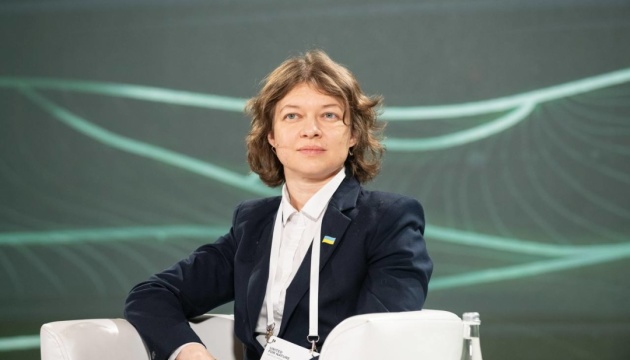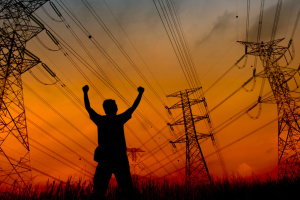
Ukraine needs out-of-the-box solutions to achieve climate goals – expert’s opinion
The relevant statement was made by DiXi Group President Olena Pavlenko in a commentary to Ukrinform.
“The climate goals that are in line with EU membership are very ambitious. In 2030, no one will exempt us from these commitments. And the more war-related losses and destruction we have, the more emissions – the more strategically and creatively we need to think about how to reach the level of EU Member States in 2030,” Pavlenko said.
In her opinion, Ukraine has to seek out-of-the-box solutions in order to achieve the climate goals within the framework of European integration, as the proven technologies are not suitable for our state.
“Roughly, we need to transition from landline phones to 5G immediately. Both in terms of energy and climate,” Pavlenko noted.
According to the expert, DiXi Group is planning to cooperate with certain institutions that develop advanced technologies, which are different from what is offered on the market.
Pavlenko also mentioned that external financing is required to implement the latest developments. At the same time, in order to attract foreign investors, Ukraine must provide certain conditions, such as transparency, anti-corruption efforts, and judicial system reform.
A reminder that, in the coming decade, Ukraine would need EUR 140 billion to implement the National Energy and Climate Plan (NECP) and ensure the green transition of its economy.
In June 2024, the Cabinet of Ministers of Ukraine approved the National Energy and Climate Plan (NECP) until 2030. The Ukrainian side developed the NECP in accordance with the requirements of Regulation (EU) 2018/1999 and taking into account the best practices of EU Member States, as part of its obligations as a contracting party to the Energy Community and in the process of acquiring EU membership.
The main objectives of the NECP include reducing greenhouse gas emissions by 65% compared to the 1990 levels; reaching a 27% share of renewable energy sources in the total final energy consumption; deepening the diversification of energy sources and supply routes, with no more than 30% from a single supplier.
Photo: DiXi Group




